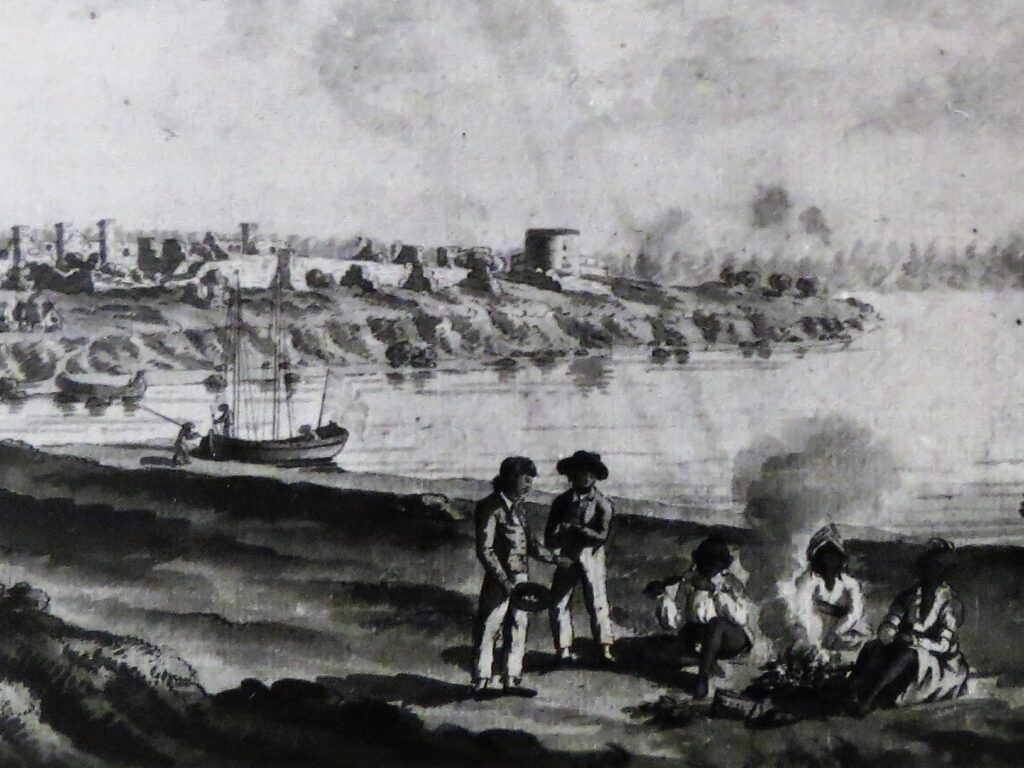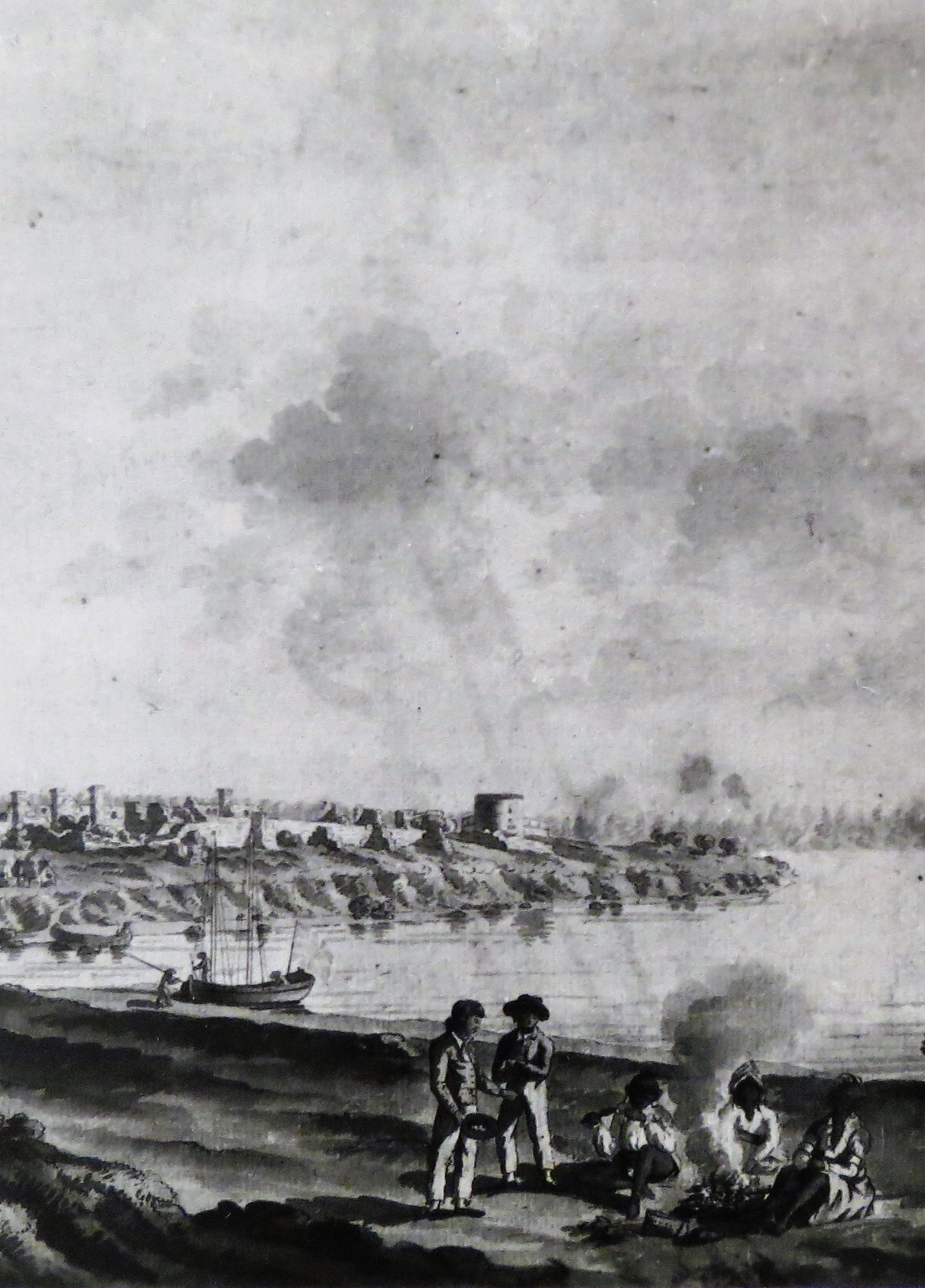Beginnings of European‑First Nations Interaction

From time immemorial, Indigenous peoples lived and thrived throughout North America. The original peoples had adapted to the diverse landscape, geography and climate of the continent, and evolved complex cultures, languages, customs, religions, medicinal care and creation stories tied to their strong association and connection with the land. The different Indigenous nations were intimately familiar with the land they inhabited, land that supported them, and which, in turn, they revered and respected. The original inhabitants traded, waged war and made peace with each other, and acquired the skills,knowledge, tools and understandings appropriate to their environment, their customs, history and culture.
From the time of their first arrival in North America, European nations worked out a number of different arrangements with the First Nations. The earliest arrangements were peace and friendship treatiesand informal trading agreements between English, French, Portuguese, Irish, Spanish, Basque, and Breton fishermen and First Nations of the east coast (primarily Mi’kmaq and Maliseet). European explorers and settlers, unfamiliar with the different conditions in North America, owed their very existence to the expertise of the Indigenous peoples. However, Europeans sought to increase their wealth and influence in North America and began to establish colonies and settlements which was encouraged by their own countries. By the 1700s both the British and French became the dominant colonial powers.
To strengthen their commercial interests (a significant part of which was the fur trade), the British and the French developed various types of agreements and alliances with First Nations. For example, from 1725 to 1779, the British entered into a number of “Peace and Friendship” treaties with the Mi’kmaq, Maliseet, and Passamaquoddy peoples in what are now New Brunswick and Nova Scotia. The British colonial administration expected that these treaties would end hostilities between the British and the First Nations and establish ongoing peaceful relations. Included in these treaties were assurances that First Nations could continue to trade with the British, and hunt, fish, and observe traditional customs and religious practices. No First Nations land was surrendered in these treaties.
The British and French colonial powers expanded their influence from the east coast into the interior of North America by exploiting and developing the long-established First Nations trade routes. What followed were conflicts with each other and First Nations, the building of European forts and posts, and the forging of various alliances and agreements with First Nations.
Military conflicts between the French and British (also involving their First Nations allies) were common, reaching a critical point in 1760. French colonial efforts ended when Montréal, the last French colony on the St. Lawrence River, fell to the British. To consolidate British power, and to ensure peaceful relations with First Nations, the British created a series of treaties between themselves (known as “The Crown”) and First Nations communities.

